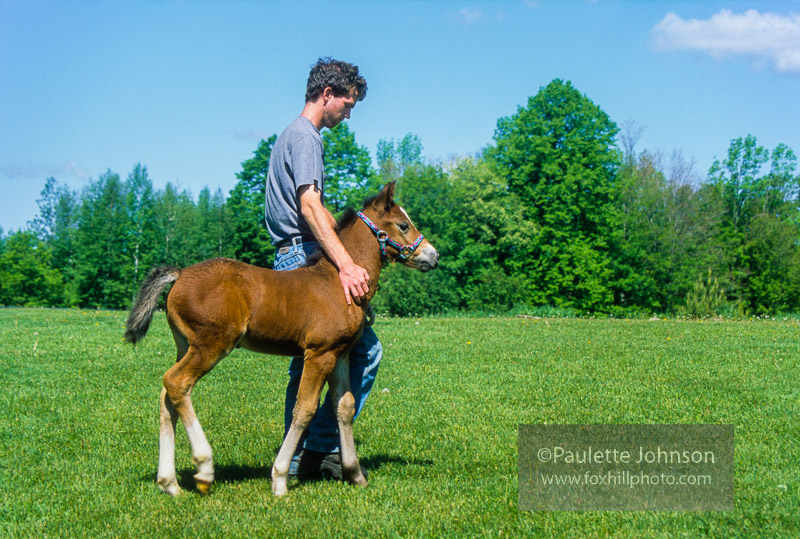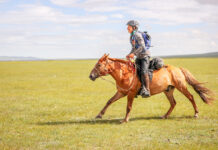
Have a foal due this spring? Congratulations! There’s nothing quite like an equine youngster to add happiness, fun, and a dash of cuteness to your barn. But along with the excitement comes a big responsibility—a young foal’s early training during this critical time is up to you, and it’s important to make these first simple “lessons” calm and beneficial.
Don’t wait too long to halter train your foal
This first tip may seem obvious, but it’s well worth noting. The time to teach your young horse to lead is when he’s small, easy to handle, and isn’t already set in his ways (although some foals seem to have opinions from day one!) Waiting until he’s several months old—or worse, waiting until he’s a yearling or two-year-old—will turn this normally simple training job into a difficult project, as your foal will weigh a lot more and be much stronger. Another added bonus to halter breaking your foal while he’s young is that he’ll generally want to follow along with mom, and you can use this tendency to your advantage.
Work with your foal every day
Your foal won’t learn much if lessons are spaced far apart. A small amount of work each day (or as close to daily as possible) is key to turning him into a model citizen on the lead rope. These lessons don’t need to be—and shouldn’t be—long or complicated. Simple tasks like taking him and his dam from the barn to the pasture and back can serve as excellent “learning to lead” lessons. Ten or fifteen minutes of daily practice should be all you really need.
Guide—don’t pull when halter training
When your foal is young, he’s delicate, and you need to be careful with him. It’s a good idea to let him get used to the feeling of wearing a halter, but you don’t want to actually apply any pressure to it (his neck isn’t very strong yet, and he also might begin trying to back up fast or flip over). Instead, let him follow behind his mom (with someone else leading her) and teach him to walk alongside of you by “guiding” his body with one arm. You may also need to put an arm or a foal “rump rope” around his hindquarters to encourage him forward. Hold the lead rope, but only use it for slight guiding. Don’t let the foal’s mom get too far ahead, or he might get upset, but just stay close and allow him to get used to you walking alongside. Gradually, as he gets older and more confident, you’ll be able to remove your “guide” arm and begin to lead him like a normal horse.
Ask for assistance
If you’re unsure about handling your foal, be sure to get assistance from someone who has experience. You definitely want to keep yourself and your foal safe during this process, and you also want it to be a productive, positive time for everyone. Enjoy your new foal!
This article about halter training foals originally appeared in Horse Illustrated magazine. Click here to subscribe!





